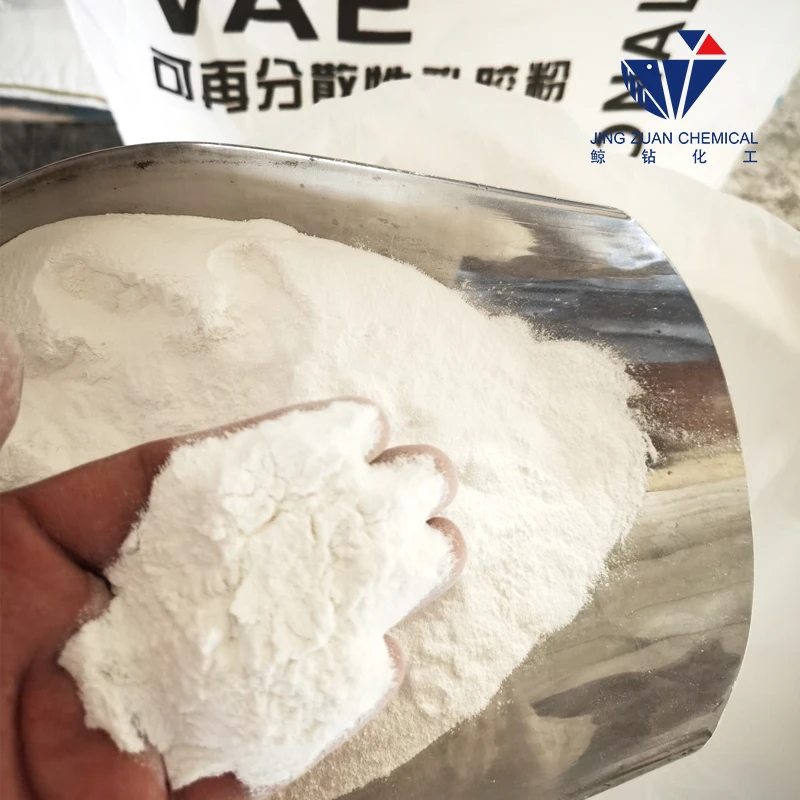
Nov . 12, 2024 20:10 Back to list
hydroxypropyl methyl
Hydroxypropyl Methylcellulose An Overview of Its Applications and Benefits
Hydroxypropyl Methylcellulose (HPMC) is a multi-functional polymer derived from cellulose, a natural polymer found in the cell walls of plants. This versatile compound has gained significant attention across various industries due to its unique properties, including its ability to form films, gel, and emulsify. With a detailed understanding of HPMC's chemical structure and its diverse applications, we can appreciate its importance in modern technology and daily life.
Chemical Composition and Properties
HPMC is synthesized by modifying cellulose through the substitution of hydroxyl groups with hydroxypropyl and methoxy groups. The degree of substitution affects its solubility in water and other solvents, leading to a variety of grades with different rheological properties. HPMC is typically available as a white powder, and when mixed with water, it forms a viscous gel. Its non-ionic nature makes it compatible with many other substances, enhancing its utility in formulations.
Applications in Pharmaceuticals and Food
One of the most prominent uses of HPMC is in the pharmaceutical industry, where it serves as a binder, thickener, and film-forming agent in the formulation of tablets and capsules. Its ability to create a sustained-release matrix is particularly valuable in the development of controlled-release medications, ensuring a gradual and even delivery of active ingredients into the bloodstream.
In the food industry, HPMC is employed as a food additive, acting as a thickener, emulsifier, and stabilizer in various products like sauces, dressings, and baked goods. Its functionality helps improve texture, enhance moisture retention, and extend shelf life, making it an essential ingredient in many processed foods.
hydroxypropyl methyl

Construction and Personal Care
Beyond pharmaceuticals and food, HPMC plays a crucial role in construction materials, particularly in tile adhesives, plaster, and paints. When added to mortar, HPMC improves workability, adhesion, and water retention, making it easier to apply and ensuring a stronger bond. The polymer also enhances the flexibility and durability of building materials, contributing to longer-lasting structures.
In personal care products, HPMC serves as a key ingredient in various formulations, including lotions, creams, and shampoos. Its thickening properties improve the texture of these products, making them more appealing to consumers. Additionally, HPMC acts as a stabilizer in emulsions, ensuring that oil and water components do not separate over time.
Environmental Considerations
As a cellulose derivative, HPMC is biodegradable and considered environmentally friendly compared to synthetic polymers. This aspect aligns with the growing demand for sustainable and eco-friendly materials across industries. Manufacturers are increasingly looking for alternatives that reduce environmental impact, and HPMC is seen as a suitable option.
Conclusion
The versatility of Hydroxypropyl Methylcellulose makes it an invaluable compound across diverse fields such as pharmaceuticals, food, construction, and personal care. Its unique properties, including thickening, emulsifying, and film-forming capabilities, enable it to meet the demanding requirements of modern formulations. As industries continue to evolve, the importance of HPMC is likely to grow, reinforcing its role as a critical ingredient in both everyday products and innovative technological solutions. Whether improving drug delivery systems or enhancing the quality of food and personal care products, HPMC stands out as a quintessential material for the future.
-
Unlocking the Benefits of HPMC Products: A Gateway to Versatile Applications
NewsAug.07,2025
-
Unleashing the Potential of HPMC Ashland: A Comprehensive Look
NewsAug.07,2025
-
Tile Bonding Cellulose: The Key to Superior Adhesion and Durability
NewsAug.07,2025
-
Hydroxypropyl Methylcellulose Powder: The Versatile Component in Modern Pharmaceuticals
NewsAug.07,2025
-
Hydroxyethyl Cellulose: The Versatile Solution for Various Industries
NewsAug.07,2025
-
Hydroxyethyl Cellulose (HEC): The Versatile Polymer for Various Applications
NewsAug.07,2025







